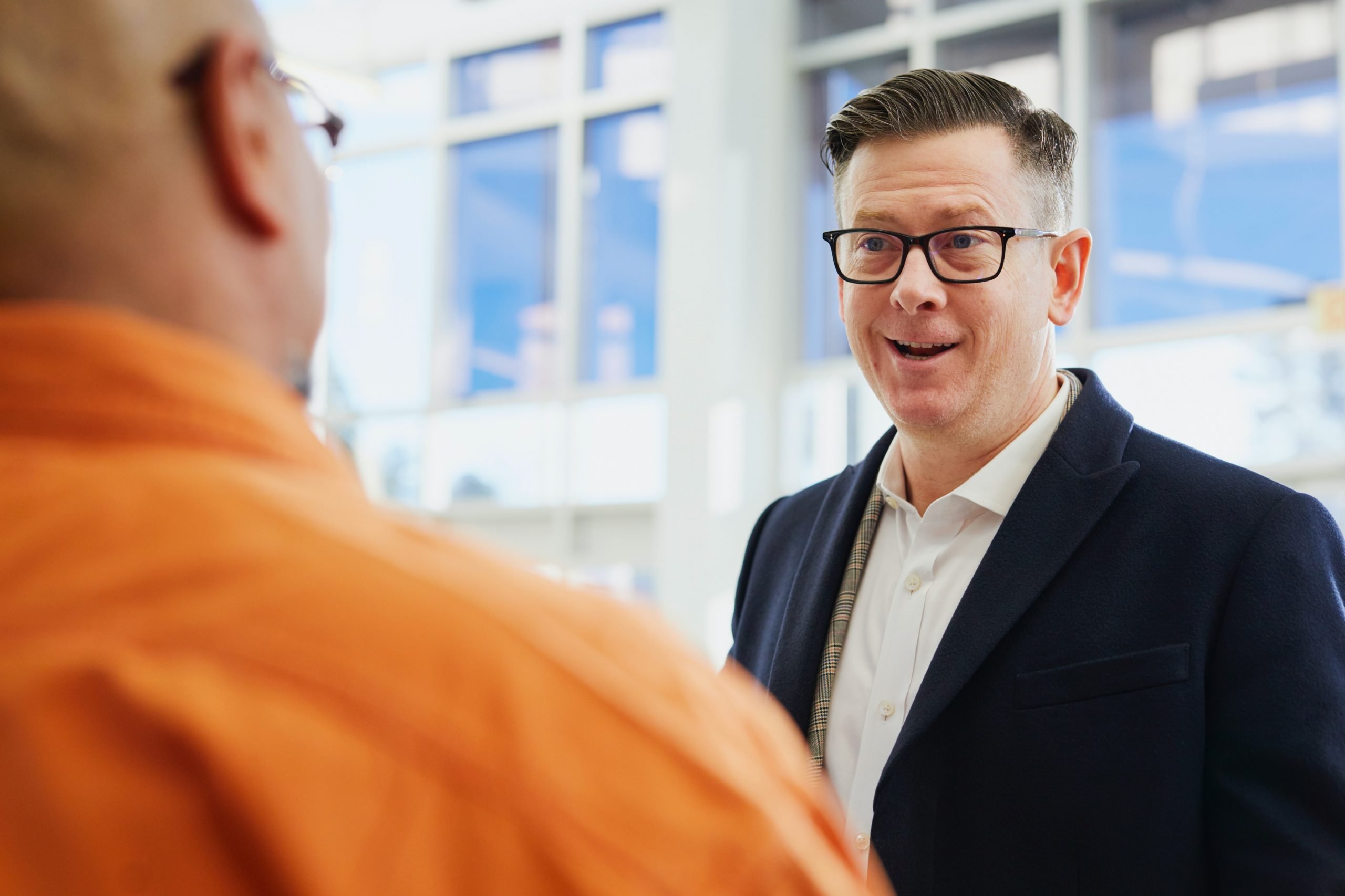By Dr Fiona Kerr Founder/CEO The Neurotech Institute
We can change our brain. We are electrochemical beings, with specific chemicals that, when stimulated, combine with electrical impulses in our brain to either rewire the connections we have (known as neuroplasticity) or to grow new neuronal tissue (known as neurogenesis).
Interaction with others is arguably the most powerful element of neurogenesis. It is what makes dancing the best exercise. Learning new things builds more brain when people do it together. Direct interaction releases a cascade of chemicals such as oxytocin, dopamine, serotonin and endorphins. A number of interactions create brain-to-brain coupling (b2bc). These include face to face interaction and direct eye gaze (with concentrated oxytocin receptors in and around our eyes), which physically alter how our socio-emotional networks fire and our ability to read intent, along with hundreds of micro-behaviours elicited by interaction (not registered over screens). Empathic response increases, changing how we make complex decisions and judge problems towards long term, values-based outcomes.
When working together on a positive idea or experience the parasympathetic nervous system fires, releasing BDNF and other chemicals from the immune system which not only make us happy and well, but increases neuroplasticity and neurogenesis – that feeling of being in the zone!
When we share space, we give off and receive up to 2000 chemicals and volatiles, allowing us to read a room or a mood, and change it. We pick up and give off a huge amount of information, synch hormone cycles over time, match cortisol levels, and register unconsciously that we are part of a group. The human voice also creates b2bc through picking up the 3-8 hertz wave of another’s voice when they speak, synching various waves and emotional states, and making us feel connected. Touch, especially warm touch, sets off a cascade of chemicals through the c-fibres in our skin which run through affective-emotional pathways, increasing dopamine and serotonin, altering pain reception and empathy and boosting the immune system, making someone feel safe through synchronising the brain’s amygdala and releasing chemicals that lower stress.
We are truly remarkable.
